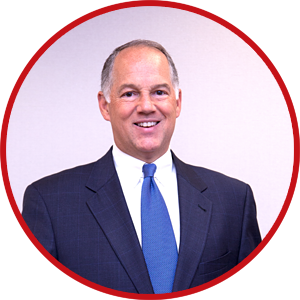
Box (NYSE: BOX) is an enterprise content management platform that securely connects people, information, and applications. More than 41 million users—including SHIFTPOINTS—trust Box to manage content in the cloud.
Their new advertising campaign is entitled, “Work as One.”
Obviously, that caught my attention.
This chapter is not about Box per se, but about the incredible power of technology to improve alignment. An entire book could be written about this, but I will cover some of the highlights in One Chapter.
As part of the research for this book, I interviewed many software company executives, who provided insights that were extremely helpful. These companies literally go from A to Z, so I would like to thank them in alphabetical order:
- AchieveIt
- AlignToday
- Atiim
- com
- Betterworks
- Lattice
- Slack
- The Predictive Index
- Workboard
- Zoom
These companies are leveraging their technology expertise to solve the alignment problem. (I love how Zoom describes their value proposition, “More Teams. Less Work.”)
As we explained in the One Generation chapter, technology has changed the world. In addition, cloud-based tools have enabled cloud-based companies to change the rules of business. For example, Automattic and Zapier are 100 percent virtual. (Another A to Z!). These companies invest in cloud-based technologies in lieu of office space to create alignment.
Most companies, however, have a hybrid model. Some of their employees are in physical company offices, others are full-time teleworkers, and others are road warriors whose office is often a Starbucks or an airport lounge.
Whether your company has One Person or One Million, aligning everyone—and everything—is mission-critical. These new cloud-based tools provide a great new way to do it.
I strongly recommend that you contact these companies to learn how technology can help your team “Work as One.”
NOTE: This is an excerpt from my latest book, Drive One Direction.


 A few years ago, I took a trip to Napa Valley, California, and learned an important lesson about alignment.
A few years ago, I took a trip to Napa Valley, California, and learned an important lesson about alignment. In addition to optimizing each One, you must take the additional step of looking at them holistically.
In addition to optimizing each One, you must take the additional step of looking at them holistically.